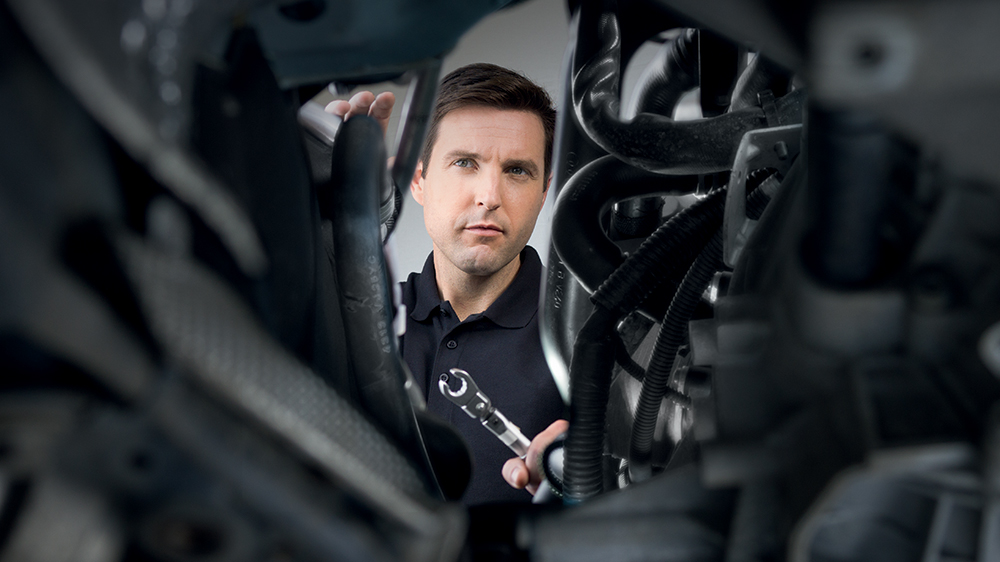Why is the cambelt so important?
Failing to change the cambelt when it's due can lead to catastrophic engine damage, but what is it?
A cambelt is a vital part of the engine which keeps all of the engine's components synchronized with each other. It is made of rubber and rotates the crankshaft, connecting the top of the engine (valves and cylinder head) with the bottom (pistons and crankcase). It ensures that the components do not collide with each other within the engine, avoiding catastrophic damage.
The cambelt controls the operation of the valves in the engine which allow gas to leave the engine block. It is important to prevent engine damage and that the valves open at the right time so they never hit the engine's pistons. The cambelt keeps all the engine components moving at the right speed, relative to each other.
In some engines, the cambelt also operates pumps such as the water pump, oil pump and injection pump. All of which are vital for optimal engine running.
As the cambelt ages, it will stretch and the timing of the engine may be impacted.
The damage caused by not replacing a cambelt when it is due could result in thousands of pounds of damage, so it's cheaper to replace the part before it fails.
Over time, the rubber of the cambelt will wear, stretch and crack, which increases the likelihood of it breaking. Once the cambelt has snapped or broken, the car is undriveable as the engine is uncapable of producing any power.
Different engine types influences the amount of damage the cambelt failing can cause. Some engines feature a chain rather than a cambelt. Contact Inchcape to find out which your car has and when it requires changing.


All cambelts have a recommended interval at which they need changing. This could be based on mileage or time, depending on which comes first.
Inchcape can advise you when your cambelt needs changing if you are unsure, or if it has already been replaced. We can also advise you of other work which it may be cost effective to do at the same time. Such as replacing the water pump which is driven by the cambelt or auxiliary belts to save paying for these to be replaced separately.
Often there are no signs the cambelt is wearing out. This is why it is important to follow the recommended intervals for cambelt replacement.
Some noises such as a rattling which disappears when the engine is revved may suggest a belt which has been stretched. Other signs can include a delayed engine pick up and lack of power. In a lot of cases however, there are no symptoms unlike when other components wear out such as the brakes when there is a noticeable difference in the way the car drives.

